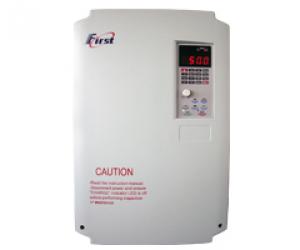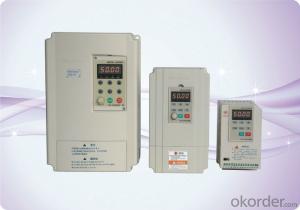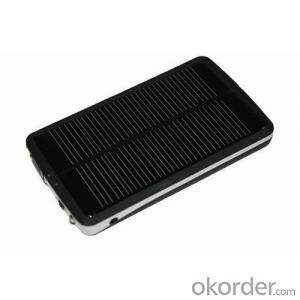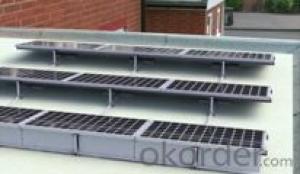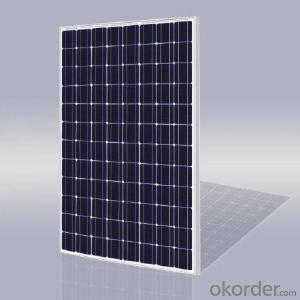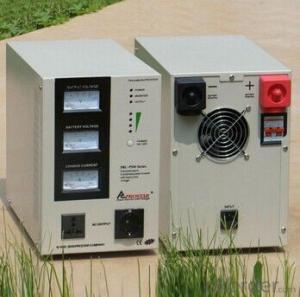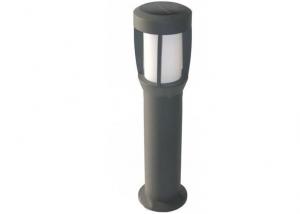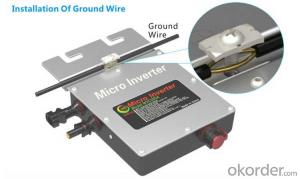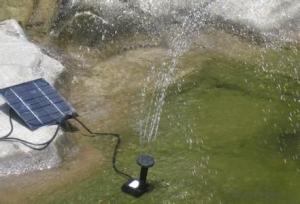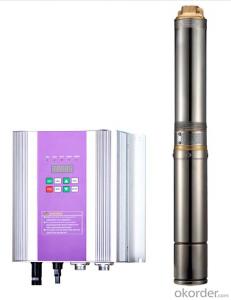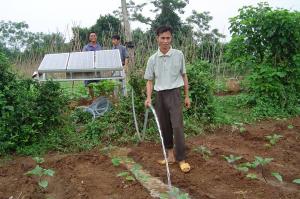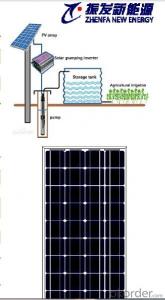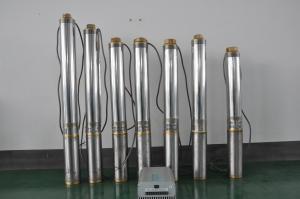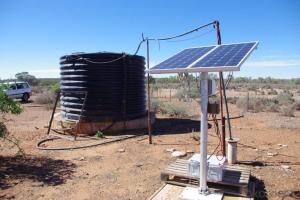Best Solar Inverter
Best Solar Inverter Related Searches
The Best Solar Inverter Best Solar Power Inverter Best Inverter Solar Solar Inverter Best Best Solar Battery Inverter Best Inverter For Solar Solar Best Inverter Which Solar Inverter Is Best World Best Solar Inverter Best Solar Panel Inverter Best Inverter For Solar System Best Solar Inverter For Home Best Inverter Solar System Best Home Solar Inverter Best Solar Inverter Generator Best Solar Hybrid Inverter Best Inverter Solar Panel Top Solar Inverter Best Solar Inverter Brands Best Solar Pump Inverter Best Inverter For Solar Panels Best Hybrid Solar Inverter Best Solar Inverter 2022 Best Solar Inverter 2019 Best Solar Inverter Charger Best Solar Inverter Battery Best 12v Solar Inverter Most Reliable Solar Inverter Best Solar Micro Inverter Solar Inverter Best BrandsBest Solar Inverter Supplier & Manufacturer from China
Best Solar Inverter is a high-quality product designed to optimize the performance of solar energy systems by converting the generated DC power into usable AC power. These inverters play a crucial role in ensuring the efficient functioning of solar panels, making them an essential component in any solar energy setup. The application and usage scenarios of Best Solar Inverter are vast, as they are utilized in residential, commercial, and industrial settings to harness the power of the sun and reduce reliance on traditional energy sources. This product is particularly beneficial in areas with abundant sunlight, where it can significantly lower energy costs and contribute to a greener environment.Okorder.com is a reputable wholesale supplier of Best Solar Inverter, boasting a large inventory to cater to the varying needs of customers worldwide. By offering a diverse range of inverter models, Okorder.com ensures that clients can find the perfect fit for their specific solar energy requirements. The company's commitment to quality and customer satisfaction makes it a trusted source for those seeking reliable and efficient solar inverters to enhance their renewable energy systems.
Hot Products

